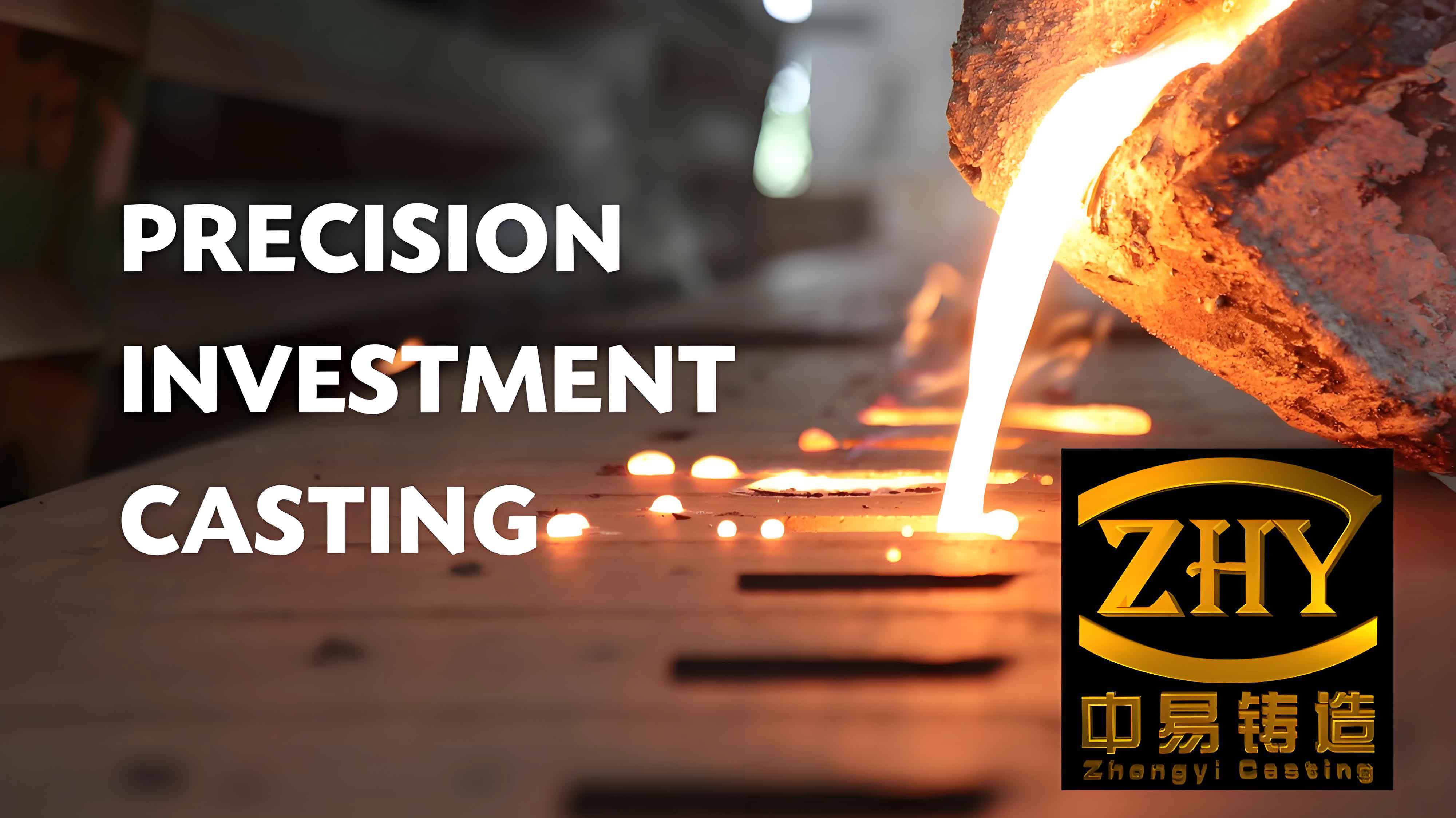Precision investment casting is a critical process for manufacturing complex components in aerospace and industrial gas turbine applications. This study investigates the integration of fused deposition modeling (FDM) 3D printing technology with traditional investment casting to produce aluminum alloy impellers. Three gating systems – top-pouring, side-pouring, and bottom-pouring – were designed and analyzed through numerical simulation to optimize the casting process.

1. Methodology
The impeller geometry features a bottom diameter of 104 mm, top diameter of 25 mm, and blade thickness of 2.5 mm. The casting process parameters for ZL104 aluminum alloy were established as:
| Parameter | Value |
|---|---|
| Pouring Temperature | 750°C |
| Mold Preheating | 650°C |
| Filling Speed | 25 cm/s |
| Shell Material | High-temperature resistant gypsum |
The gating system design follows the fundamental equation for fluid flow in investment casting:
$$ Q = A \cdot v = \frac{\pi d^2}{4} \cdot \sqrt{2gh} $$
where \( Q \) represents flow rate, \( A \) cross-sectional area, \( v \) flow velocity, \( d \) sprue diameter, \( g \) gravitational acceleration, and \( h \) metal head height.
2. Numerical Simulation
AnyCasting software analyzed the three gating configurations, revealing distinct solidification characteristics:
| Gating Type | Filling Time (s) | Shrinkage Risk |
|---|---|---|
| Top-pouring | 8.5 | High (bottom region) |
| Side-pouring | 13 | Medium (gating junctions) |
| Bottom-pouring | 15 | Low (gating corners only) |
The thermal gradient analysis showed bottom-pouring system achieved optimal directional solidification, with defect index values below critical thresholds:
$$ G/\sqrt{R} > 1.0\,^\circ\text{C}\cdot\text{s}^{-1/2}\cdot\text{cm}^{-1} $$
where \( G \) is temperature gradient and \( R \) cooling rate.
3. Additive Manufacturing Integration
The FDM-printed PLA patterns demonstrated dimensional accuracy meeting precision investment casting requirements:
$$ \Delta D = \pm 0.15\% \cdot D + 0.2\,\text{mm} $$
where \( \Delta D \) represents dimensional deviation and \( D \) feature size. The gypsum shell formulation followed the optimal ratio:
$$ W_{gypsum}:W_{water} = 100:45 $$
4. Experimental Validation
The final casting exhibited surface roughness \( R_a \leq 6.3\,\mu m \) and dimensional accuracy within IT13-IT15 grade, confirming the effectiveness of combining additive manufacturing with precision investment casting. X-ray inspection revealed less than 0.2% porosity in blade sections, meeting aerospace component standards.
This research demonstrates that precision investment casting enhanced with 3D printing technology can reduce development cycles by 40-60% while maintaining the stringent quality requirements of turbomachinery components. The methodology provides a framework for implementing additive manufacturing in traditional foundry processes for complex geometries.
